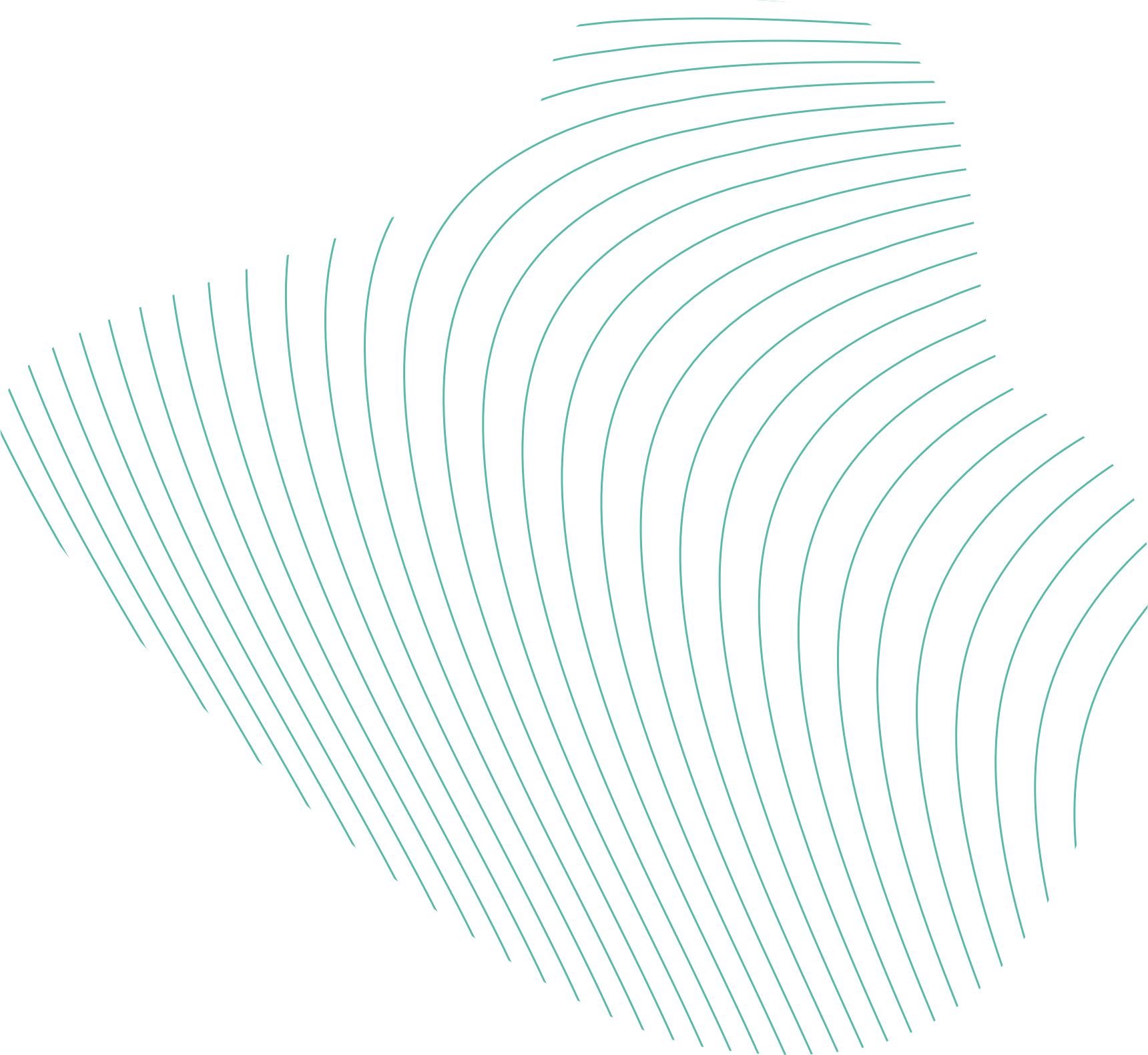


Hambach Mine is located between Jülich in the Düren district and Kerpen (Rhein-Erft district) in the heart of the Rhenish lignite mining area. Opencast mining started in 1978 near the Hambach district of Niederzier. At peak times, the opencast mine, which temporarily was up to 411 metres deep, produced so much lignite for the company's own power plants that it covered five per cent of Germany's total electricity demand.
Giant bucket wheel excavators, each up to 240 metres long, are the symbol of lignite mining in the Rhineland region. Hambach Mine engages the world's largest self-propelled machines. They can extract up to 240,000 solid cubic meters of coal or soil every day, enough to fill a football stadium 30 metres high.
In 2029, coal extraction in the Hambach opencast mine will end as part of the statutory coal phase-out. Several major regional planning, mining law and water management approval procedures are currently underway. They will determine how the landscape, characterised by a large lake and forest, will look like which the opencast mine will leave behind. For example, the Hambach lignite mining plan was amended. Another planning approval procedure is ongoing that will decide on the design of the opencast lake in detail. At the same time, another lignite plan procedure will secure the route for the outlet of the future lake.


Operating area
Number of bucket wheel excavators
Bucket wheel excavator capacity
Number of spreaders
Spreader capacity
Total length of conveyors
Land use
Recultivated area
of which agricultural
of which forestry
The Sophienhöhe, a wooded mountain that towers 200 meters above the flat landscape, is a landmark of the Hambach opencast mine that can be seen from afar. It contains part of the excavated material from the open-cast mine. Its backfilling and reforestation began in 1978. Since then, over 10 million trees have been planted. More than 120 kilometers of paths open up the recreational area, which has been popular from the outset and is completely car-free, to hikers and recreational athletes. The biodiversity is demonstrably high. In addition to the forestry and agricultural recultivation, the open-cast mine will leave behind a depression for a lake measuring almost 40 square kilometers when it is phased out. It will be filled over several decades with Rhine water from a pipeline and rising groundwater. After just ten years, its water surface will be larger than that of Lake Tegernsee, a popular tourist and watersports area, 9 km² wide, in Bavaria.


